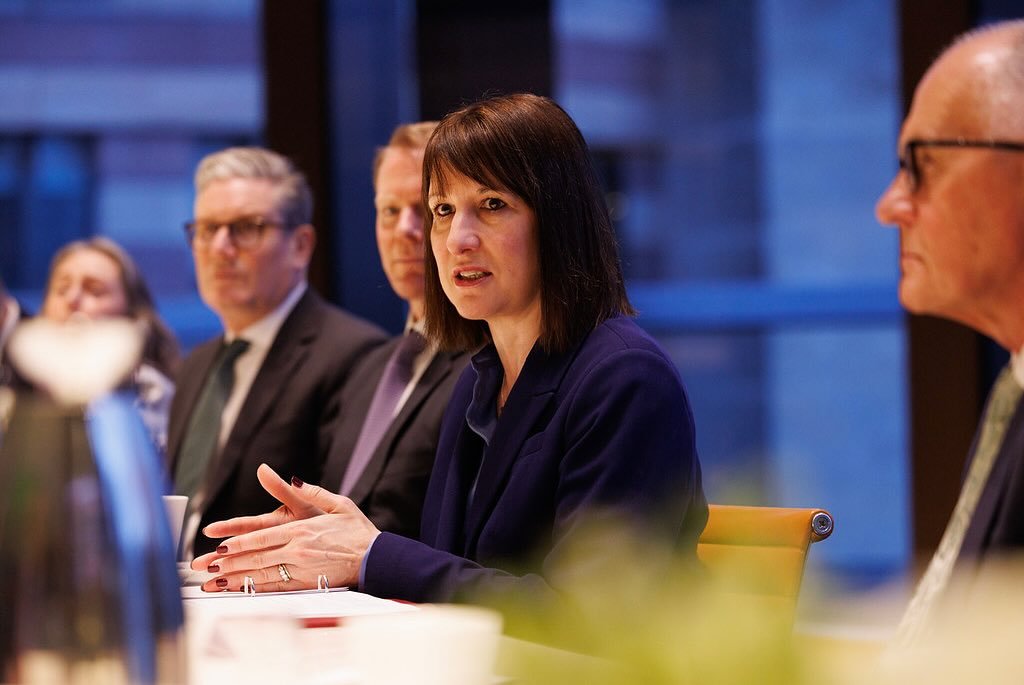Chancellor Rachel Reeves has quietly given the green light to new rules that will dramatically tighten HMRC’s grip on UK savers, marking a significant shift in how the government collects tax crackdown on savings interest. The new measures, set to take effect from April 2027, will require banks and building societies to collect National Insurance numbers from all savings account customers, making it easier for HMRC to automatically deduct tax from workers’ pay packets.
The Numbers Behind the Tax Crackdown on Savings Accounts
The scale of this tax crackdown on savings accounts is staggering. New data obtained through Freedom of Information requests reveals that 2.64 million people will face tax bills on their savings in the 2025/26 tax year – a four-fold increase from just 647,000 in 2021/22. This represents one in every 15 taxpayers, with HMRC expecting to collect over £6 billion from savers this tax year.
The average saver caught in this tax net is now paying £2,300 in tax on their interest, with the government benefiting from what amounts to a £19.7 billion windfall from non-ISA cash accounts. These figures highlight how the rising tide of interest rates has swept hundreds of thousands more savers into the tax bracket without any policy changes.
Why the Tax Crackdown on Savings Accounts is Happening Now
The driving force behind this tax crackdown on savings accounts lies in HMRC’s struggle with data management. Currently, banks and building societies already share interest payment information with the taxman, but up to 20% of this data is “unreadable”. This technical failure has prevented HMRC from automatically collecting hundreds of millions in tax revenue.
“It is vital we improve our ability to match third-party data to taxpayer records,” the Government admitted in its July consultation response. The new rules will force banks to ask both new and existing savings account customers for their National Insurance numbers, enabling HMRC to create a more robust automated tax collection system.
The Costs and Controversy
This tax crackdown on savings accounts comes with significant financial implications. HMRC estimates the changes will cost £35 million to implement, while banks warn they could face costs of up to £10 million each, with implementation taking several years. The Government has acknowledged these will involve “significant costs” but maintains the measures are necessary for effective tax collection.
Privacy concerns have also emerged around this tax crackdown on savings accounts. Former Conservative Cabinet Minister Sir David Davis criticised the move, stating: “The state is becoming more and more intrusive. The most intrusive part is HMRC”. These concerns reflect growing unease about government surveillance of personal financial data.
Who Gets Caught in the Tax Trap
The personal savings allowance has remained frozen since its introduction in 2016, creating a perfect storm for ordinary savers. Basic-rate taxpayers can earn up to £1,000 in savings interest tax-free annually, while higher-rate taxpayers have just £500. Additional-rate taxpayers receive no allowance at all.
With many savings accounts now offering rates above 4%, a higher-rate taxpayer needs only £8,400 in a 6% account to breach their allowance and face a tax bill of £280. The combination of frozen tax thresholds and rising interest rates means what was once a tax affecting wealthy savers now catches everyday basic-rate taxpayers.
The Stealth Tax Effect
This tax crackdown on savings accounts represents a classic example of fiscal drag – where frozen allowances combined with changing economic conditions pull more people into the tax net. One in 25 basic-rate taxpayers will now pay tax on their savings, compared to less than one in 100 four years ago.
The most concerning aspect for savers is the surprise element. Many won’t realise they’ve breached their allowance until HMRC adjusts their tax code, leading to an unwelcome reduction in take-home pay. Unlike self-assessment filers who must declare their interest, PAYE workers rely on HMRC collecting the money directly from their payslips.
Looking Ahead to Implementation
The new regulations for this tax crackdown on savings accounts will be introduced through legislation next year, with full implementation by April 2027. Banks will need to systematically collect National Insurance numbers from existing customers while automatically requesting them from new account holders.
Current account customers won’t initially be affected, though HMRC sources haven’t ruled out extending the requirements in future. The focus on savings accounts reflects the Government’s priority of capturing tax on interest payments that exceed personal allowances.
Protecting Your Savings
As this tax crackdown on savings accounts takes effect, savers have several options to protect their money. Cash ISAs remain the most effective shield, offering tax-free interest on up to £20,000 annually. With ISA rates now competitive with standard savings accounts, the traditional barriers to using these tax-free wrappers have largely disappeared.
Financial experts emphasise the importance of using ISA allowances before they’re lost. Unlike savings accounts, ISA interest doesn’t count towards personal allowances, providing complete protection from this expanding tax net.
The tax crackdown on savings accounts reflects the Government’s determination to maximise revenue collection at a time when Chancellor Reeves faces pressure to fill a reported £50 billion black hole in public finances. While HMRC argues these reforms will help customers “get their tax right first time,” the reality is millions more savers will find themselves paying tax on their hard-earned interest for the first time.
As interest rates remain elevated and tax thresholds stay frozen, this tax crackdown on savings accounts will likely affect even more people in the coming years, making tax-efficient saving strategies more crucial than ever for UK households.
Read More: OpenAI GPT-5: Transforming the UK’s Future with Advanced AI



